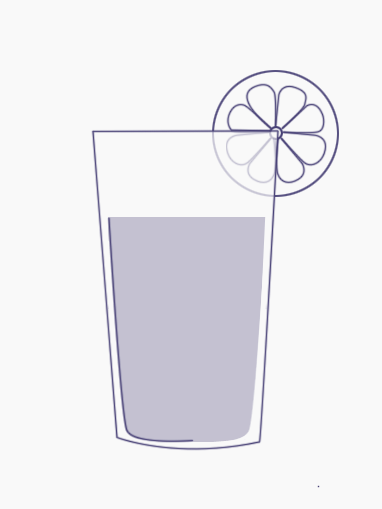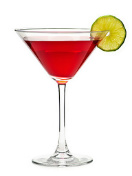
White wine
- Category: Low-alcohol drinks
- Volume: 12%
White wine is a wine that can be straw-yellow, yellow-green, or yellow in color. The history of wine goes back to ancient times. This grape drink was known in the East, in Ancient Greece and the Roman Empire even before our era. The oldest trace of wine was found in modern Iran and was 7500 years old. However, the results of archaeological excavations could not help determine from what time the production of wine began. In the Middle Ages, wine trade spread throughout Europe. From the XVI century, the first European vines were planted in America: in Mexico, Peru, Bolivia, Argentina, and Chile. The "Little Ice Age" marked a sad end for northern viticulture. The vine disappeared from Northern Germany and Baden, and the maximum height for viticulture dropped to 220 meters. In England, the grape also disappeared. White grape varieties became preferable - even unripe, white grapes allowed the production of wine, which was slightly sour, but still suitable for consumption, while red grapes did not give enough color, and tanning agents made the wine bitter. The XIX century was the golden age of wine. The industrial revolution made high-quality wines popular among the bourgeoisie. In 1872, the Gissenheim institute of viticulture was created, and it became the source of a large number of crossings, giving new grape varieties. In the XX century, viticulture rapidly developed even in countries where it was previously unknown. However, in regions with higher fermentation temperatures, problems arose. These fermentation temperature control problems were solved in California. In terms of white wine, this revolutionized its production. In the 1960-1990s, these methods moved to Europe, and the use of refrigeration equipment is now widely used in almost all regions producing white wine. White wine is created by macerating and further fermenting white grapes that have been peeled. The absence of peel is what determines the light shade - the juice of the pulp of the majority of grape varieties is almost colorless. Fermentation for white wine requires careful temperature control, with periodic cooling of the mash. Then the wine is decanted or filtered, after which it is aged in oak barrels for at least three months. The main types of white wine are dry, sweet, fortified, sparkling. White wine is consumed pure or as an ingredient in cocktails or culinary products.


